Venous Disease
Varicose veins occur when the valves in the veins become weakened or damaged, causing blood to pool and the veins to bulge. This can lead to discomfort, pain, and swelling in the affected area. Varicose veins are often caused by genetics, pregnancy, obesity, or standing or sitting for prolonged periods of time. Venous diseases are common: Venous diseases such as varicose veins and spider veins are very common, especially in people over the age of 50.
They are often hereditary: Venous diseases can be hereditary, meaning that if a close family member has them, you may be at a higher risk of developing them. Lifestyle factors can play a role: Certain lifestyle factors, such as obesity, lack of exercise, and prolonged sitting or standing can increase your risk of developing venous diseases.
Early treatment is important: If left untreated, venous diseases can progress and cause more serious health problems. Early treatment can help prevent complications and improve quality of life. Lifestyle changes can help: Making lifestyle changes such as exercising regularly, maintaining a healthy weight, and avoiding prolonged
Spider Veins
Spider veins are similar to varicose veins but are smaller and closer to the surface of the skin. They are often red or blue and look like spider webs. They do not bulge like varicose veins but are often more noticeable.
Spider vein removal can be very effective—and very easy. Because these veins do not serve any specific purpose, there’s no reason to leave them in place. At Zenith, we treat spider veins as a cosmetic procedure, using either laser therapy or an injection method to eliminate unsightly veins. Done right, both approaches are very effective in the short- and long-term.
Varicose Veins
Varicose veins are enlarged “rope-like” veins—blood vessels—that are swollen and raised above the surface of the skin. They can be flesh-colored, dark purple or blue and may appear as a cluster. They are commonly found on the back of the calves or the inside of the legs. However, they can form anywhere on the legs from groin to ankle.
Endovenous Laser Therapy
Endovenous laser therapy (EVLT) is a minimally invasive medical procedure used to treat varicose veins and other venous disorders. During EVLT, a thin laser fiber is inserted into the affected vein through a small incision in the skin. The laser fiber delivers energy to the inner lining of the vein, causing it to collapse and seal shut. The blood flow is then naturally rerouted to healthier veins.
EVLT is an effective treatment for varicose veins because it targets the source of the problem without damaging surrounding tissues. The procedure is performed on an outpatient basis, and patients typically experience little discomfort and only minimal scarring.
EVLT has several advantages over traditional vein stripping surgery, including a shorter recovery time and less risk of complications. It is also less invasive and requires only local anesthesia, making it a safer and more comfortable option for many patients. EVLT is a safe and effective procedure that can improve the appearance and function of varicose veins, allowing patients to resume their normal activities with
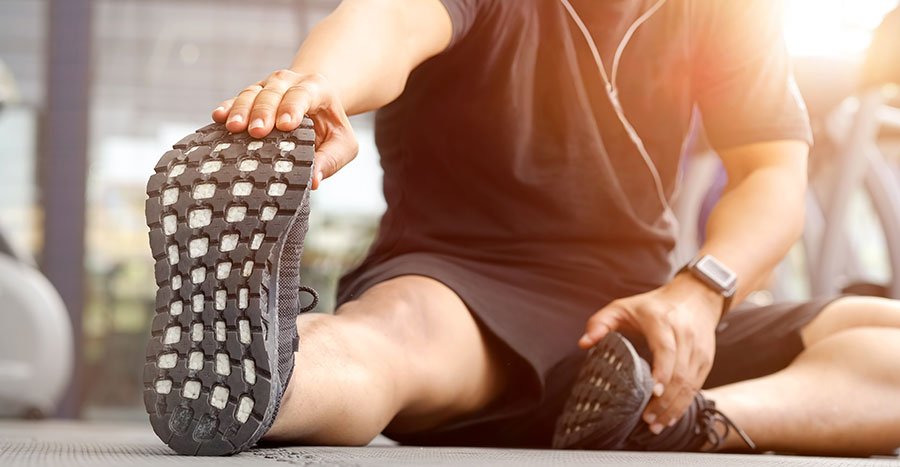
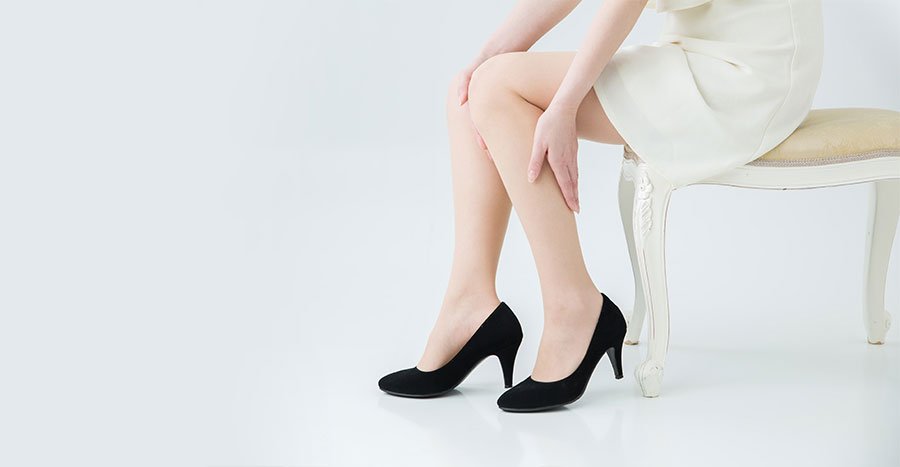
Venaseal Therapy
VenaSeal therapy is a minimally invasive medical procedure used to treat varicose veins and other venous disorders. It involves the use of a medical adhesive to close the affected vein, which redirects the blood flow to healthier veins in the leg.
During VenaSeal therapy, a catheter is inserted into the affected vein through a small incision in the skin. The catheter delivers a medical adhesive to the inner lining of the vein, causing it to seal shut. The adhesive is completely safe and biocompatible, and the body eventually absorbs it over time.
VenaSeal therapy is a relatively quick and painless procedure that can be performed on an outpatient basis. It typically takes less than an hour to complete, and patients can return to their normal activities immediately after the procedure. Compared to other vein treatments, VenaSeal therapy has a lower risk of complications and a shorter recovery time. It is also less invasive and requires only local anesthesia, making it a safer and more comfortable option for many patients.
Endovenous Radiofrequency Ablation
Endovenous radiofrequency ablation (RFA) is a minimally invasive medical procedure used to treat varicose veins and other venous disorders. It involves the use of radiofrequency energy to heat and seal the affected vein, which redirects the blood flow to healthier veins in the leg.
During RFA, a thin catheter is inserted into the affected vein through a small incision in the skin. The catheter delivers radiofrequency energy to the inner lining of the vein, causing it to heat up and collapse. The heat also causes the vein to seal shut, which prevents blood from flowing through it. The body eventually absorbs the collapsed vein over time.
RFA is a relatively quick and painless procedure that can be performed on an outpatient basis. It usually takes less than an hour to complete, and patients can return to their normal activities immediately after the procedure. Compared to other vein treatments, RFA has a lower risk of complications and a shorter recovery time.
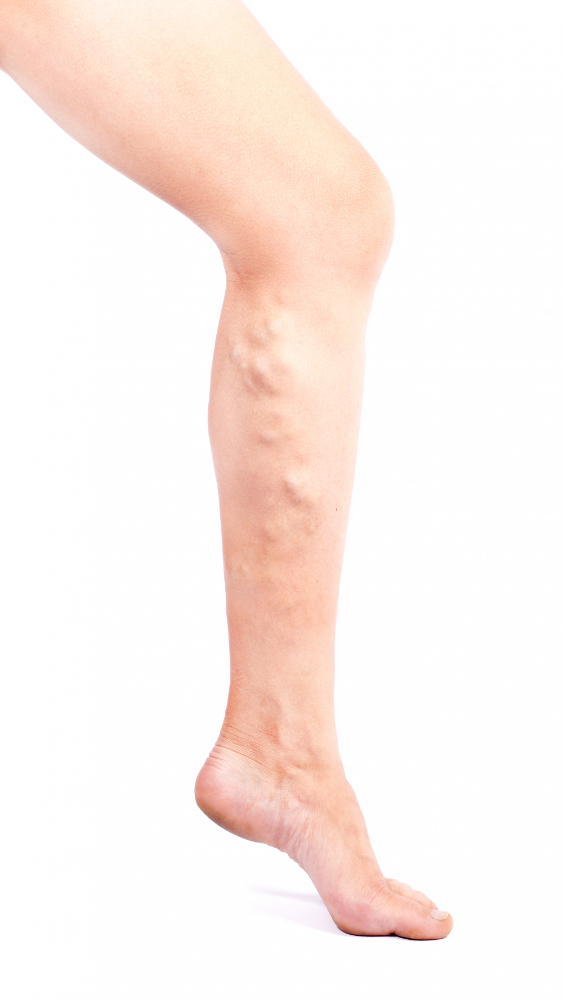
More Signs of Venous Disease
- Visible veins: The appearance of bulging, twisted, or blue veins on the legs is a common sign of venous disease.
- Leg pain or achiness: Many people with venous disease experience discomfort or aching in the legs, especially after standing or sitting for long periods of time.
- Swelling: Swelling in the legs, ankles, or feet is another common symptom of venous disease.
- Skin changes: Skin near the affected veins may become discolored, dry, or itchy. In severe cases, the skin may become thick and leathery.
Varithena Therapy
Varithena therapy is a minimally invasive medical procedure used to treat varicose veins and spider veins in the legs. It involves injecting a special foam solution into the affected veins, which causes the veins to collapse and eventually fade away.
Varithena therapy is a type of foam sclerotherapy, which is a technique that uses foam to deliver a sclerosing agent to the inner lining of the vein. The foam solution is made up of a combination of a medication called polidocanol and medical-grade gas. When injected into the affected vein, the foam displaces the blood and causes the vein walls to stick together. Over time, the body absorbs the treated vein and reroutes the blood flow through healthier veins.
Varithena therapy is a relatively quick and painless procedure that can be performed on an outpatient basis. It typically takes less than an hour to complete, and patients can return to their normal activities immediately after the procedure.
Treatment
Options may include lifestyle modifications such as quitting smoking, taking medications to control cholesterol levels, and in some cases surgery to open blocked arteries or remove plaque buildup.
Some patients benefit from surgery even if they are having no symptoms based upon life expectancy and degree of narrowing.
See our Before and After Gallery
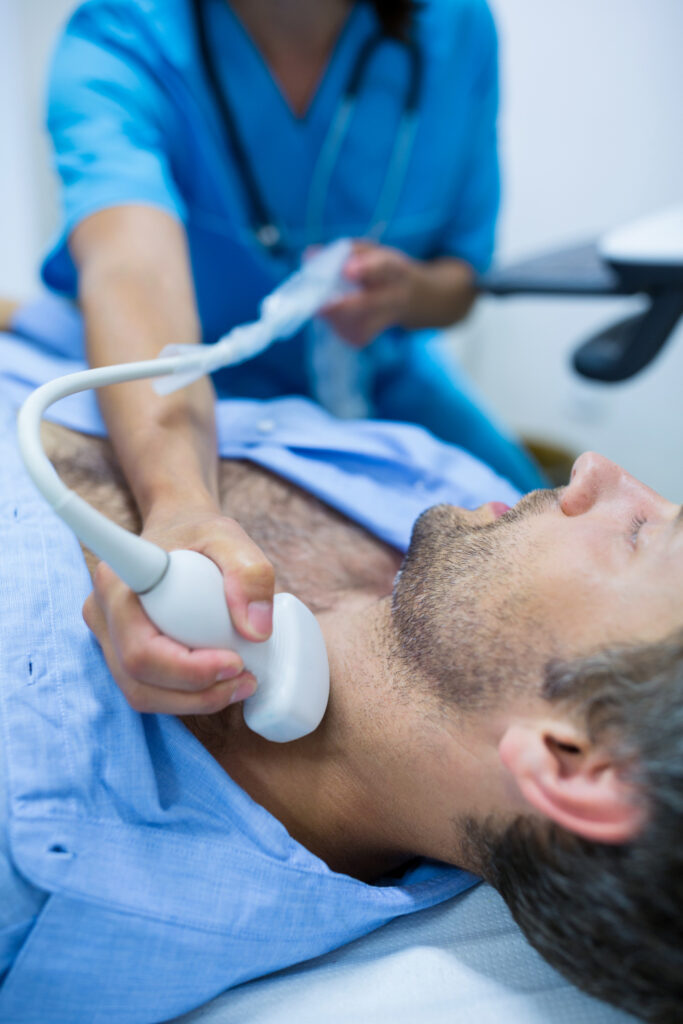
Suspect a STROKE? Remember the FAST acronym:
FACE
Ask the person to smile. Does their face move only on one side?
Is the person’s speech slurred?
Ask the person to raise their arms. Does one arm fail to raise normally?
If the answers to the questions listed are yes, it is time to call 911.
At Zenith Vascular and Fibroid Center, we strive to provide the absolute best patient care and treatments possible. Our modern approach to total well-being and aesthetics allows for our staff to create personalized treatment plans that target your specific needs and goals. We encourage you to explore our selection of premier vascular health and cosmetic services to discover how we can help improve your wellness and beauty. It’s time to live with confidence, and discover the most perfect you.
